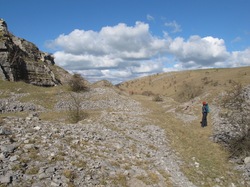 LImestone quarry above Scandal Beck
LImestone quarry above Scandal Beck Our next stop is Friar’s Bottom/ Friars’ Bottoms. Geoff flags up a map discrepancy. This turns into a scene from Brian Friels’ play Translations, when cartographer and orthographer from the Ordnance Survey come to map Donegal and English speakers mangle Irish place names known only to the locals. Geoff holds up placards with Cumbrian place names and asks how we would pronounce them- nothing like it, not a chance. His assenting negative is fun. You’re right, that’s wrong.
Topping a wall there’s a slab of rock with dark grey lumps- Productive brachiopods. Why so many? It’s a mass-extinction event, not a storm, could be a change in salinity. Think about the original position of the fossil on the sea bed. He shows us colonial coral, tabulae. The rock is calcite, a replica of the original coral and a total chemical change.
Be curious, question everything. Never believe anything you read, says Geoff. Yes, and yes again. I write to ask questions too, to encourage curiosity, to make readers think. It’s about looking and seeing, opening up a discussion. I like his candour. He shows us fossils formed in warm shallow seas teeming with life, equatorial seas a quarter of a billion years old. ‘ no human turds, no polythene, oil, pollution.’
The character of the field-wall changes- we stop to look at a particularly stout wall. Built by Lord Warton ? in 1560 to enclose a deer park . This same wall runs from Smardale Gill Bridge south, on the west side. I’m taking notes, writing as we walk, a multi-tasking woman says Geoff. Shades of Translations- will I be able to read my notes later? Will they mutate into something else?
After lunch, the weather changes and it distracts me. The morning was cold and windy and we shivered. Now the sun came out and the cloudscape was breathtaking. Before I came I’d thought that this might be a photo opportunity. I wanted a choice of cover images for my book and Smardale is one of the locations I explore. Getting everything right is a question of coincidence: good lighting, good clouds, interesting features etc. Ideally, I’d sit alone for hours waiting. Not today.
After the ghost-train experience we moved on to the two lime-kilns and up we went into the quarry to examine the rock face and look for fossils. I stood on a steep pitch, my calf-muscles straining until they screamed. Then Geoff produced jaffa-cake trays with rock samples for us to identify. Match the rock to the name. No, no. You’re right, it isn’t. So in the manner of our leader I post images for you to match against what I’ve written. The looking is what matters, the curiosity.
In the gallery you will see three fossils from Smardale limestone quarry. There's a wren's nest of moss in a niche in the sandstone at Smardale Gill Bridge. There's Smardale Gill Railway Viaduct- where the ghost train can be seen and heard.( I have the photograph). And above Scandal Beck there's the limestone quarry with two lime kilns. One of the fossils I can't identify, so I leave all three to you.
Thanks to Geoff for a great field-trip. I'm pleased that in exploring Chapel Bull Lane he chose a location I had not studied. My previous explorations will complement what I learnt today, being in a rather different area.
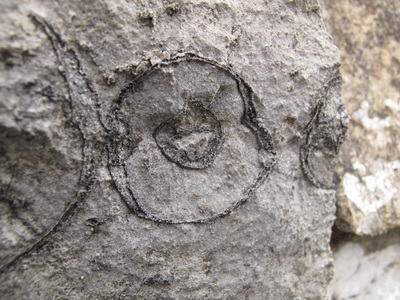
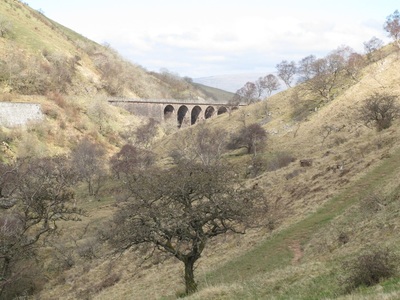
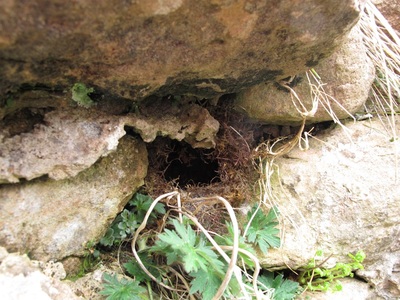
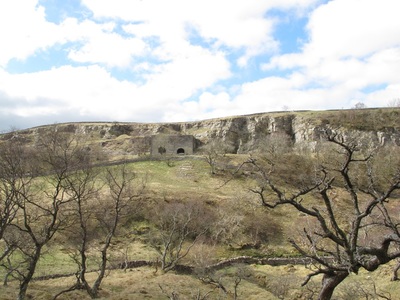
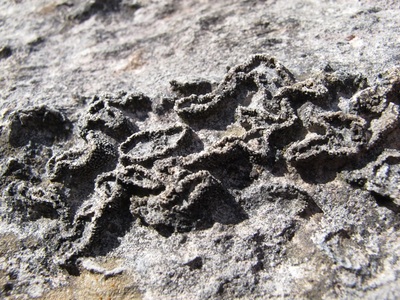
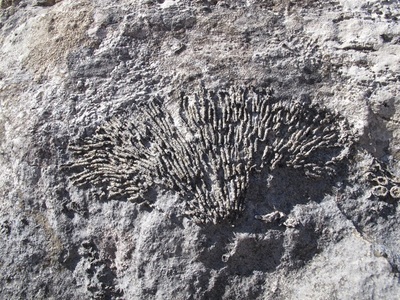
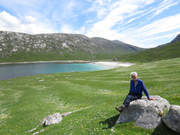
 RSS Feed
RSS Feed